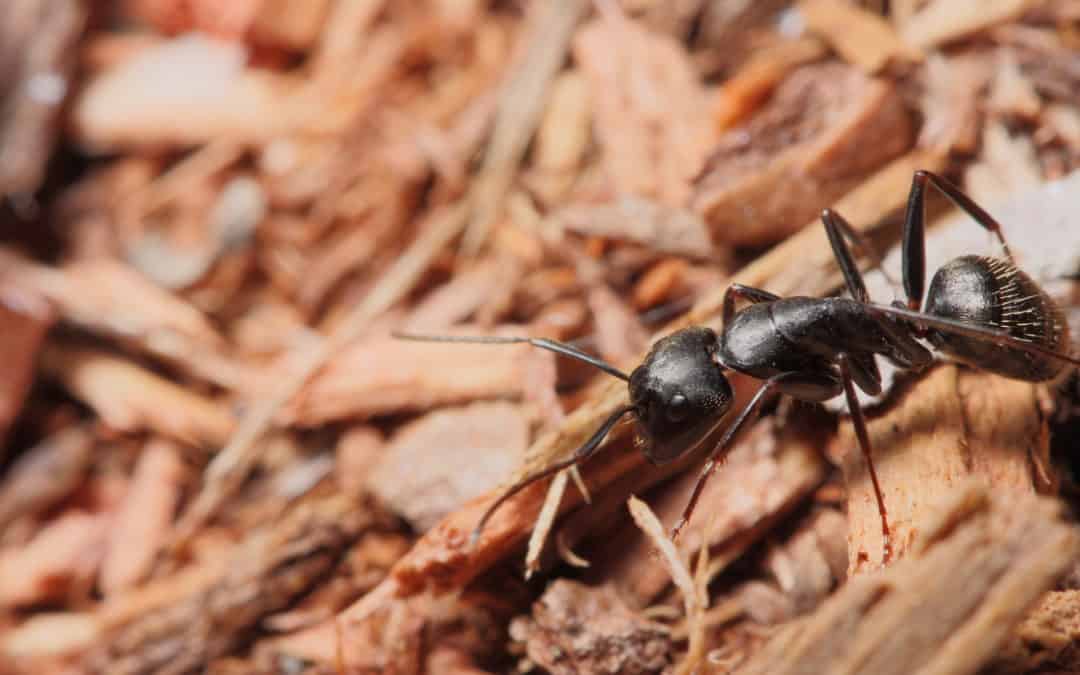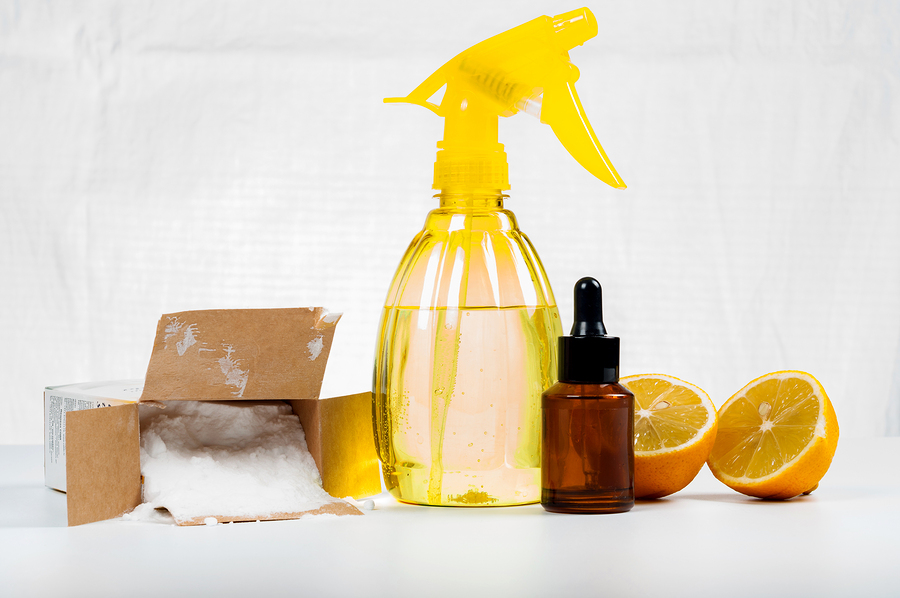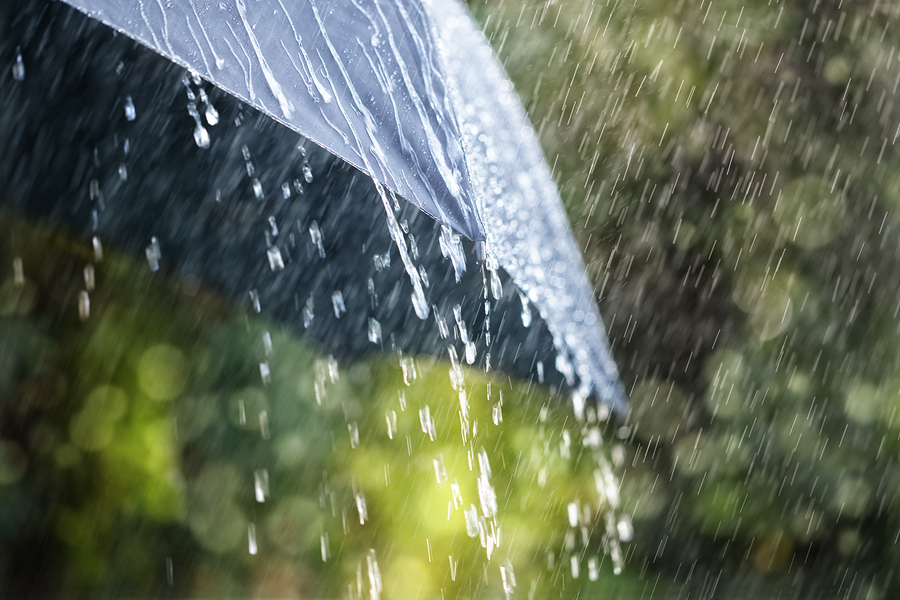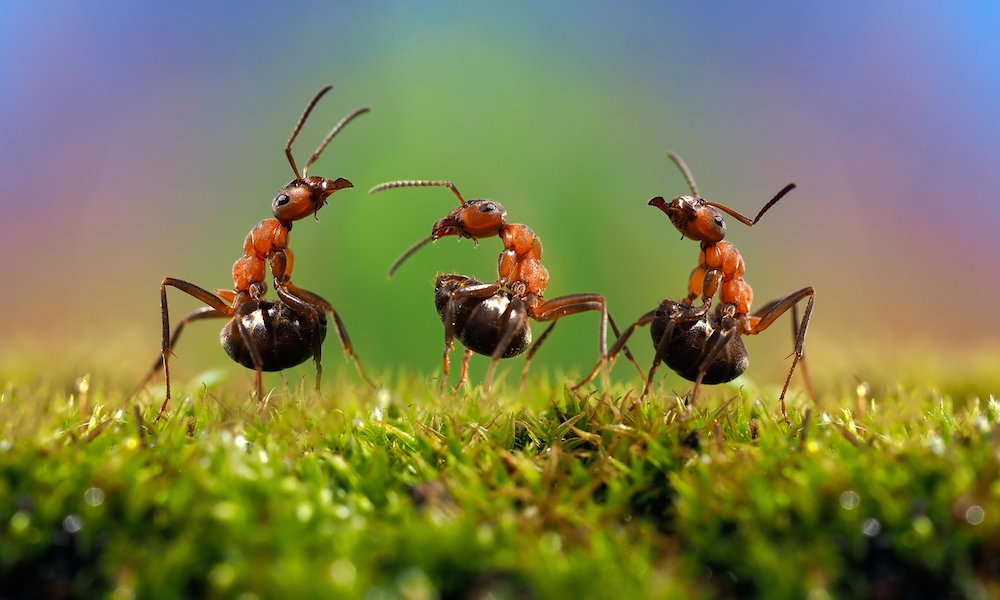READY TO GET STARTED?
REQUEST A FREE ESTIMATE
Fill out the form below or call (888) 466-7849 for a free, no-obligation estimate.

The kitchen is one of the most common rooms in your home to have ants, closely followed by the bathroom. The most common ants found indoors are odorous house ants, also known as nuisance ants. While these ants don’t cause structural damage and aren’t considered dangerous to humans or pets, they can contaminate your food and become quite a nuisance to deal with. Carpenter ants are larger black ants that can also get into your home. These ants do cause structural damage by boring through the wood components of your house.
The ants you find in your home don’t actually live there; they build colonies outdoors and come in looking for food and water to take back. These elements are necessary for the colony to live and grow. Scout ants who find these sources leave a pheromone trail for the rest of the colony to follow which is why you will often see ants traveling in a single line. Because they can scale walls and travel between stories in your home, they can spread quickly and be extremely difficult to get rid of.
Ants are attracted by a number of things found in your home. They use crumbs, spills, loosely sealed food packages, dirty dishes, and even pet food bowls to find food. They use leaky pipes, pet water bowls, and standing water for hydration.
What can you do to keep ants from taking over your kitchen? Prevent ants by:
Killing just the ants you find in your home won’t eliminate the entire infestation. You must eradicate them at the source – at their colonies. These ants can be difficult to eliminate because individual colonies can number in the thousands and they can be spread out all over your property. For assistance in dealing with ants or any other pests you may find in your home, contact your local pest control company for an evaluation.
9 Easy Ways to Keep Birds Away

Every homeowner dreads discovering an ant infestation, whether inside or outside the home. Ants can be a major nuisance as they contaminate food, build their nests in unwanted places, and destroy property. One type of ant in particular, the carpenter ant, is considered a “silent destroyer,” often causing severe damage to homes undetected by excavating wood. These pests can be tough to eliminate but it is possible.
Carpenter ants are ½” to 5/8” long, and are usually red, black, brown, or a combination of these in color. These ants build their nests by creating smooth tunnels inside wood, preferring wet, damp wood. Common places carpenter ants will build their nests include tree stumps, fence posts, window and doorframes, firewood, and other various places with exposed wood. Carpenter ant nests can be problematic to your home as the tunnels they create can damage the structural soundness of wood throughout your property. If you notice sawdust or wood fragments falling throughout your property, there is a good chance that carpenter ants have infested.
Carpenter ants need a constant water source to survive. The first step in preventing ants like these is to eliminate moisture or standing water throughout your property. Consider using a dehumidifier in crawlspaces, basements, and attics to help with dampness. Trim your tree branches and shrubs away from your home, as ants can use these as an access point. Take it a step farther by looking around your property for any gaps or holes and sealing these up with caulk, as ants only need the smallest gap to get inside a house.
Preventing ants might seem like a daunting task; when ants infest it can seem like they are everywhere! Consider reaching out to your local pest control company where they can provide you with a prevention and treatment plan during peak ant season.

Ants can be one of the most difficult pests to rid your home of and, unfortunately, one of the most common. They’re the number 1 nuisance pest in America, according to pestworld.org!
Here are some ways you can get rid of ants and/or prevent an ant infestation in your home, without using harsh chemicals:

It’s raining, it’s pouring… the bugs are exploring!
You may notice an invasion of pests like ants, roaches, and spiders into your home after a rainy day. Why? In most cases, their shelter is compromised, forcing the bugs out of hiding in search of a drier refuge.
The best way to avoid this is with proactive pest control. Make your home less appealing to pests and restrict access by keeping shrubbery and trees trimmed and away from your home’s exterior, take out garbage daily, clean up spills, don’t leave pet food out, de-clutter, and seal off any entry points. You can also ask your local exterminator to apply preventative pest control products, usually in granular form, around your home’s perimeter. This helps to limit the number of pests in close proximity to your home and act as a barrier.
Another side effect of lots of rain: mosquitoes. Once the weather warms up, mosquitoes will be out in full-force. Help to reduce mosquito bites by eliminating sources of standing water that may have accumulated during heavy rainfall. You can also get rid of mosquitoes with monthly treatments during mosquito season targeting mosquito breeding and resting sites in your yard.

Ants are one of the most common household pest invaders and often one of the hardest to get rid of. Here’s why:
There are over 12,000 species of ants worldwide and about 1,000 here in the U.S. They’re social insects so they live in large colonies, some with millions of ants depending on the species. Ant queens can survive for several years and have millions of ant offspring, compared to many other pests that tend to have shorter lifespans and lower reproduction rates. So it’s likely you have several ant colonies around your home with queens that are reproducing, male ants to mate with the queens, soldier ants to protect the queens and babies, and worker ants to gather food and build anthills, mounds, and nests.
So where are these nests? Larger ant colonies require complex nests that often take up large amounts of space, often covering an acre of land or more! Their nests are usually underground with mounds or anthills that they use to gain access to the nest, in walls, and under fallen trees, rocks, or debris.
The most effective way to get rid of ants or prevent ants is to go after the colony’s queen. An ant colony will usually only survive for a few weeks to months, depending on the colony’s size, after a queen dies since the queen is the only ant in the colony able to reproduce. And colonies rarely replace a queen, therefore the entire colony is dismantled and without purpose. This process can happen naturally, when other ant colonies invade one another, or through targeted, integrated pest management (IPM) techniques. While on-contact pesticides can be effective in killing the ants you’re seeing, they do nothing to eliminate the thousands of ants you don’t see, hiding out in the colony. But because ants work in an organized system, we can “feed” the worker ants traveling to and from the colony poisonous baits. These baits usually contain a sweet substance that ants are attracted to and will take back to their colony to feed to the others (queen included). And because most baits are slow-acting, the ants have time to distribute the poisonous food to the colony before the bait begins to work. When the ants begin to die, the bait continues to work to eliminate other ants in the colony since the dead ants will be eaten by the colony, thereby continuing the spread of poison throughout the colony. This process of colony elimination can take a few days up to 2 or 3 weeks, depending on the size of the colony.
In order to get rid of ants through colony elimination, it’s important that baits are placed in the right areas and that you allow enough time for the bait to work before cleaning up dying or dead ants. If you’re unsure which products to use or how and where to use ant baits, contact your local exterminator. A pest control professional will inspect your home for ant entry points and provide you with a treatment plan that works now and for future ant prevention.